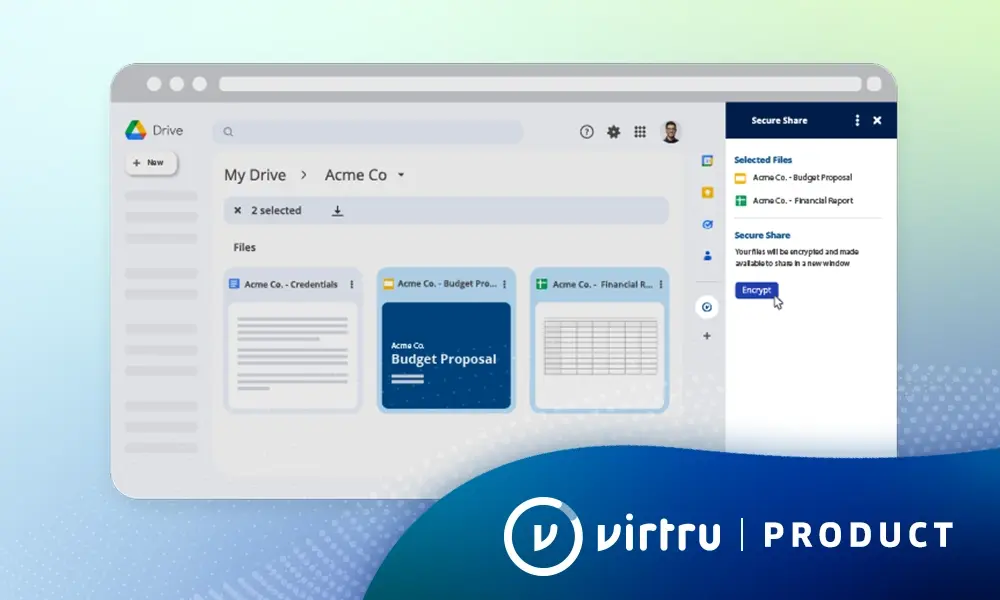Implications of the New Federal Data Strategy

Recently, the federal government released their Federal Data Strategy, the most comprehensive initiative related to how government agencies handle, share and store data. The goal is to bring together a number of related priorities and efforts in a coordinated way to better support Federal missions while also serving the interests of the public.
Whether or not we realize it, managing data is one of the most critical things that the government does. Whether it is determining the unemployment numbers that move financial markets, managing student debt or tax information or providing services to retirees, data is critical to every government mission. Just as importantly, much of this data is submitted to the government by individuals or businesses—not generated by the government—and therefore must be protected to preserve the trust between the government and the entity that submitted the data.
At a Glance
The Federal Data Strategy consists of principles, practices and a draft action plan for the next year. There are 10 principles organized into three categories:
- Ethical Governance
- Conscious Design
- Learning Culture
The Principles emphasize the importance of developing solid security systems, effective data stewardship and ongoing transparency around how data is used. The core emphasis is on balancing security and privacy while allowing the government to utilize the data to enhance programs and services provided to the public or provide to stakeholders who will generate additional value from it.
The 40 Practices in the Federal Data Strategy are designed to be goals that guide agencies and other stakeholders to constantly improve and also are broken down into three categories:
- Building a culture that values data and promotes public use
- Governing, managing and protecting data
- Promoting efficient and appropriate data use
While the Principles are billed as “motivational guidelines,” the Practices are more tactical directives that are designed to serve as goals for each government agency to shoot for when interacting with data.
In its role as an aggregator of data, the government faces a new set of challenges and opportunities. When it comes to data protection—with more services being delivered online, and more criminals becoming technically capable and motivated to try and obtain data from those online services and the agencies that support them—it’s clearly time for the government to rethink its approach.
A more traditional approach to data privacy and security emphasizes locking down data. While this does help to protect the data, it prevents agencies from executing on the purpose of collecting the data in the first place—to provide better services to the public. This new Federal Data Strategy provides government agencies with the guidance needed to take a more modern approach to managing data—make data available to authorized users within both public and private sectors and enable sharing that ultimately leads to insights and improvements in government services that have never before been possible.
Putting the Federal Data Strategy into Action
The implications of the data strategy depend largely on the action plan and the prioritization by agencies. The Principles and Practices are excellent ways to organize agency thinking and to guide the next steps, but without prioritization and attention from agency leadership, it will be a nice directional document that ultimately lacks significant impact. Data is critical to government missions and this strategy provides a roadmap to real improvement, but implementation and consistent execution is necessary to get there.
This data strategy should not be viewed as a single policy effort or the responsibility of one agency or office. Because the use of data impacts every government mission, every mission and agency must be committed to the protection of that data. Further, this strategy should be seen as an enabler of other policy and program efforts.
The potential for value, but also the need for data protection, is clear through examples like leveraging government identity attributes to reduce identity fraud in the private sector, or opening up health care data to enable precision medicine, and this data strategy is a step in the right direction, but not sufficient on its own to help the government move forward. Thus, the successful integration of this strategy with other federal efforts and agency priorities is critical.
Virtru helps federal agencies, and state and local governments, embrace the digital transformation by keeping sensitive data private, wherever it’s shared. Get in touch to learn how to keep data private and transform government operations.
See Virtru In Action
Sign Up for the Virtru Newsletter










